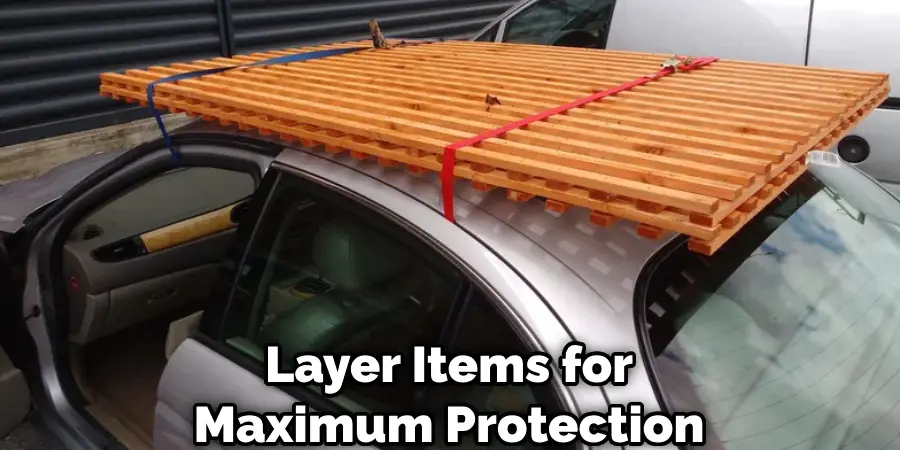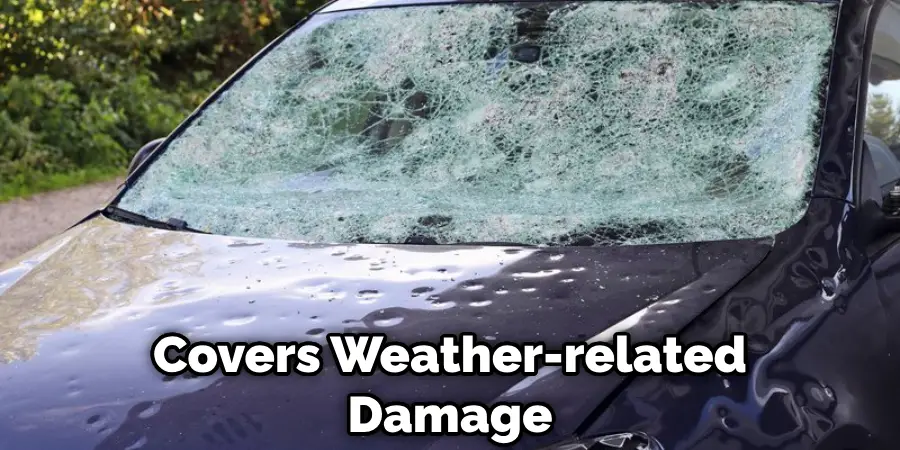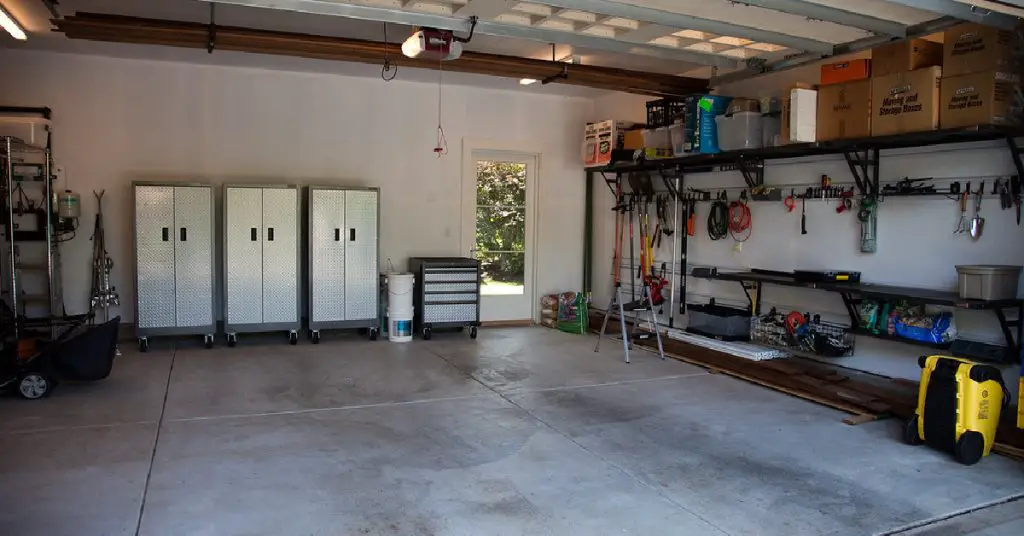Thousands of vehicles suffer expensive hail damage every year. Hail storms pelt cars with ice pellets that can dent metal, shatter glass, and chip paint. According to the National Oceanic and Atmospheric Administration (NOAA), hail causes approximately $1 billion in damage annually in the United States. Repairing hail damage can cost thousands of dollars without insurance.
If you don’t have access to a garage or carport, you’ll need to take proactive steps on how to protect your car from hail without a garage. With some preparation and improvisation using common household items, you can save your car from hail damage.

Key Takeaways:
- Check weather alerts regularly and seek indoor parking at the first sign of hail.
- Improvise protections like floor mats, blankets, and cardboard when caught off guard.
- Invest in a custom-fitted hail cover and make your garage a refuge if possible.
- Carry adequate auto insurance to cover weather damage even after preventative steps.
6 Faithful Steps for How to Protect Your Car From Hail Without a Garage
Here are six steps to take for how to protect your car from hail without a garage:
Step 1: Check Weather Alerts and Reports Regularly
The first line of defense is staying informed about upcoming weather. Sign up for weather alerts from local news channels so you receive notifications about severe storms. Download weather apps that send warnings and let you monitor interactive radar maps. Pay special attention to any advisories about severe thunderstorms, which often produce hail.
Lead time is key – even an hour of notice can make the difference between pristine paint and dimpled metal. Keep your car safe by knowing when hail storms are approaching.
Step 2: Seek Nearby Covered Parking
When hail is imminent, get your car under cover right away. Drive to the nearest parking garage, carport, or gas station canopy. Ask neighbors if you can briefly use their covered driveways or carports as a storm shelter.
If no covered parking is available, at least tuck your car up against a building, under a highway overpass, or alongside a hill for some protection. Avoid trees that could drop branches in high winds. Any barrier that blocks hail will help minimize damage.
Step 3: Improvise Barriers with Household Items
If caught off guard by a sudden hail storm, use whatever’s on hand to shield your car’s most vulnerable areas. For the windshield and rear window, place floor mats outside-in so the textured side faces the glass. For the roof, hood, and trunk, lay blankets, towels, or cardboard over the surface, securing them with duct tape.
Get creative with moving blankets, yoga mats, foam furniture pads, plywood scraps, bags of potting soil or mulch – anything absorbent to cushion hail’s impact. Layer items for maximum protection. If short on materials, cover the glass first. Improvised shields are better than an unprotected vehicle.

Step 4: Invest in a Custom Hail Cover
For the best protection, purchase a fitted hail cover made of thick, ripstop fabric with padding or inflatable bladders. Anchor it using grommets and straps so it stays secured in storm winds. Covers range from $200-500 depending on the size and features. Keep one in your trunk in hail season.
Step 5: Make Your Garage a Refuge
When warning is possible, the gold standard is parking inside a garage. Make space by temporarily moving bicycles, cleaning out clutter, or storing excess items elsewhere. If you lack a garage, talk to your landlord or homeowner’s association about adding a carport or canopy to create protective parking.
Step 6: Carry Comprehensive Insurance
Even with proper preparation, hail damage can still happen. Make sure your auto insurance policy comprehensively covers weather-related damage. Pay your deductible after a claim, then let your insurer handle the repairs.

FAQs About How to Protect Your Car From Hail Without a Garage
Where is the Best Place to Park During Hail?
During a hailstorm, the best places to park your vehicle for protection include covered parking such as a garage or carport, gas station canopies, and underpasses, although the latter should be used cautiously. It’s important to avoid parking under trees as falling branches can cause damage. However, prioritizing personal safety is crucial, so if possible, seek secure shelter away from the storm.
Do Hail Blankets Work?
Hail blankets and car covers have been proven effective in protecting vehicles from hail damage, offering an additional layer of defense against hailstones. While they can mitigate damage, it’s essential to consider factors such as the size and impact force of the hailstones, the quality, and fit of the cover, as well as other supplementary protection measures like foam padding and portable car shelters. Investing in a high-quality, appropriately sized cover designed to withstand hailstorms can help prevent costly repairs and preserve the appearance of your vehicle
What is the Fastest Way to Protect a Car From Hail?
The fastest way to protect a car from hail is to seek immediate cover in a garage or carport or utilize a car cover, blanket, or even makeshift items to shield the vehicle from hailstones. If immediate cover is unavailable, parking under a sturdy structure like a gas station canopy or an underpass (if safe) can provide temporary protection. Staying informed about weather conditions and forecasts is also crucial for avoiding hailstorms whenever possible.
Where Does Hail Hit the Most?
Hailstorms are prevalent across the United States, with “Hail Alley” (from southwest Texas to western South Dakota), the Great Plains, the Midwest, and the eastern coast experiencing the most activity. These regions face frequent and severe hailstorms due to factors like lower freezing altitudes and weather patterns, leading to significant damage and insurance claims. The western areas of states like Kansas and Arizona also report a high number of days with large hail during the summer. Thus, being prepared for hail is crucial in these areas.
Conclusion
In summary, protecting your vehicle from hail without a garage requires regular weather monitoring, improvising barriers, and finding covered parking at the first sign of storms. With some simple preparation using common household items, you can often spare your car from dents, glass damage, and costly repairs. Stay alert to forecasts, react quickly to approaching hail, and properly insure your investment. With vigilance and a bit of creativity, you can protect your car from the elements.


